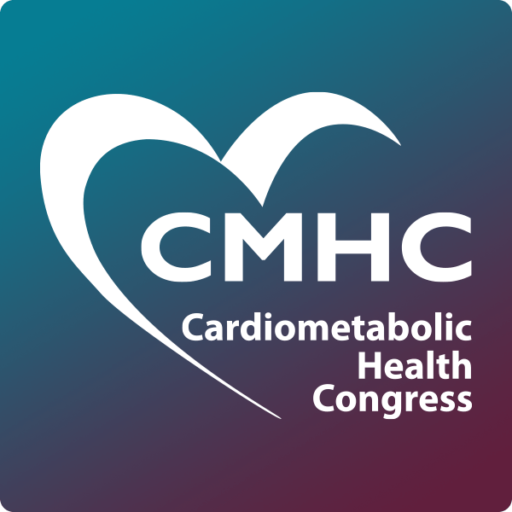Available courses, certification information, and the latest educational opportunities for practitioners interested in beginning or continuing their careers in a cardiometabolic subspecialty with emphasis on cardiovascular disease.
The latest industry news, CMHC Pulse Blogs and Cardiometabolic Chronicle articles related to cardiovascular disease.

Cardiovascular Disease

Cardiovascular Disease

Cardiovascular Disease

Cardiovascular Disease

Cardiometabolic Disease

Atherosclerosis/Thrombosis

Cardiometabolic Disease
A cache of recorded faculty presentations addressing the diagnosis, clinical management, treatment, and emerging strategies related to cardiovascular disease.




Watch as CMHC Chair Christie M. Ballantyne, MD moderates an engaging interview with Pam R. Taub, MD, and Salim S. Virani, MD, PhD, recapping a debate at 2022 CMHC Spring titled “Drawing the Line Between Primary and Secondary Cardiovascular Prevention: Essential or Too Simplistic?” (recorded April 2022).



INTERVIEW #1



INTERVIEW #2



INTERVIEW #3







Marc Bonaca, MD, one of the principal investigators of the VOYAGER-PAD trial, join us to discuss new data presented at the 2021 European Society of Cardiology.

Marc Bonaca, MD, one of the principal investigators of the VOYAGER-PAD trial, join us to discuss new data presented at the 2021 European Society of Cardiology.

Heart Failure Cardiologist Assistant Clinical Professor University of California Irvine, School of Medicine
Andy Y. Lee, MD, heart failure cardiologist and Assistant Clinical Professor at University of California Irvine School of Medicine, shares his story about a HF patient with ID.

Associate Professor of Medicine Director, Heart Failure and Mechanical Support Program George Washington University School of Medicine Washington D.C.

Professor of Medicine Associate Provost of Faculty Affairs, Senior Associate Dean of Faculty Development Director, Winters Center for Heart Failure Research Assoc. Director, Cardiovascular Research Institute Baylor College of Medicine Immediate Past President of the HFSA Houston, TX

Vice-Rector for Scientific Affairs Head, Department of Heart Diseases Wroclaw Medical University Head, Center for Heart Diseases University Hospital Wroclaw, Poland

Vice-Rector for Scientific Affairs Head, Department of Heart Diseases Wroclaw Medical University Head, Center for Heart Diseases University Hospital Wroclaw, Poland
Sign up to receive updates on educational opportunities, complimentary content, exclusive discounts, and more.
Cardiometabolic Health Congress
1801 N Military Trail, Ste 110
Boca Raton, FL, 33431
Copyright © 2024, Cardiometabolic Health Congress. All Rights Reserved.
Sign up to receive updates on educational opportunities, complimentary content, exclusive discounts, and more.
